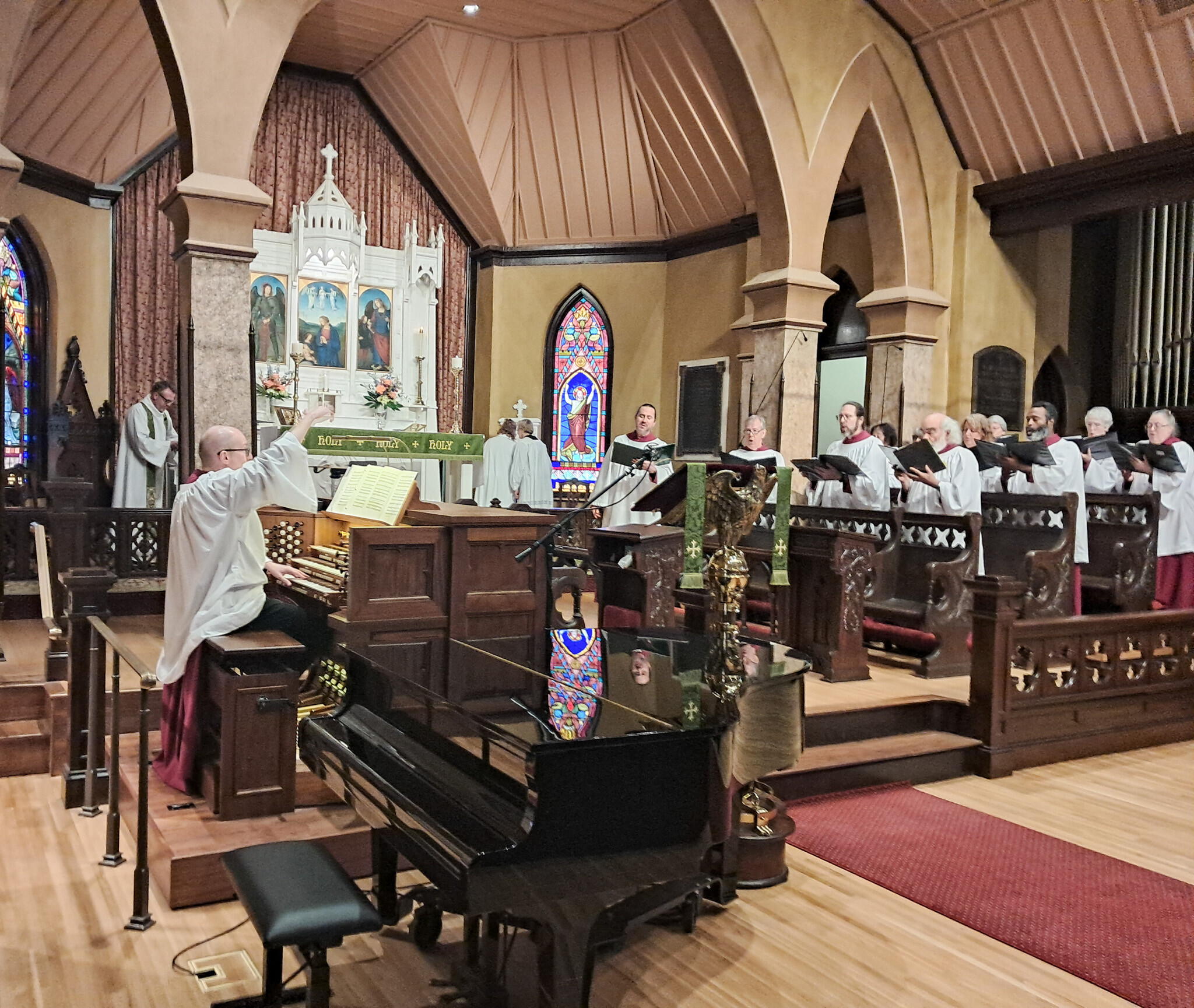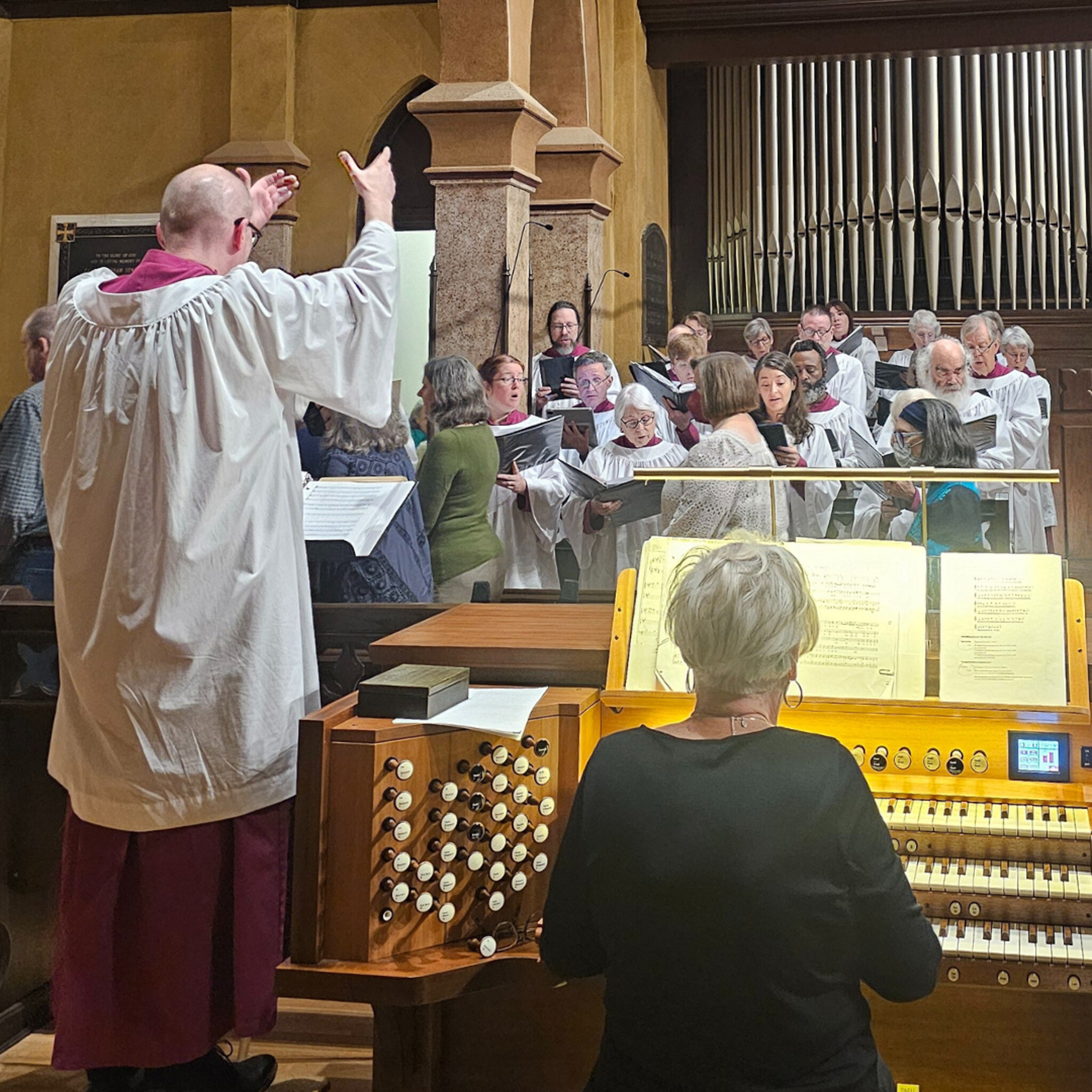
Gloria in excelsis or another song of praise is appointed to be sung at certain festive times of the year; at other times, the Kyrie eleison or the Trisagion is, or may be, used.
All three of these texts have their origins in the Eastern Churches. The Gloria, a very early Christian hymn, was originally used liturgically at Morning Prayer, where it still finds its place in the East; in the West it gradually came to be used at the Eucharist instead. The Kyrie eleison (Lord, have mercy) is often used as the response to a litany (as in several of our forms of Prayers of the People), one of which was used at the beginning of the Western Mass in the sixth century; even without the litany petitions it has remained in use at both Mass and Office.
The Trisagion (meaning ‘thrice holy’; i.e. the text ‘Holy God, Holy and Mighty, Holy Immortal One, have mercy upon us’) is sung in the East at what was originally the entrance rite of the Eucharist. It was by analogy appointed in the 1979 Book of Common Prayer as an alternative to the Kyrie.
We have chosen to sing the Trisagion this summer in a setting by Mark Wischkaemper based upon the tune of the Communion hymn ‘Adoro te devote’ (‘Humbly I adore thee, Verity unseen’ [314]). This tune, often considered a chant melody, is first found in a late-17th-century French source and thus might be classified as ‘pseudo-’ or ‘neo-chant’, all the more since it makes use of the modern major scale rather than one of the scales more typical of the older chant repertory. The present adaptation uses essentially the first half of each line of the hymn-tune to set each of the four phrases of the Trisagion text; this means that, whereas each line of the full tune ends with a descending figure that balances its initial ascending figure, the adaptation delays the descent and return to the final note of the scale until the end of the piece, which suits such a short text very well.
Our Communion anthem is a short setting of part of ‘O sacrum convivium’, the antiphon (a sort of refrain) to the Magnificat (Song of Mary) sung at Vespers on the Feast of Corpus Christi (the Body of Christ). The composer, Richard Dering, was an English Catholic who worked mainly in the South Netherlands in the 1610s and 1620s. This piece and a number of others in two and three voice-parts, including ‘Tres sunt qui testimonium’, which we sang on Trinity Sunday, were published in the 1660s and 1670s, long after Dering’s death, attesting to their continued appeal in the English Baroque milieu.
Music Notes will be on a brief hiatus, returning on Friday, Aug. 1.




Login To Leave Comment